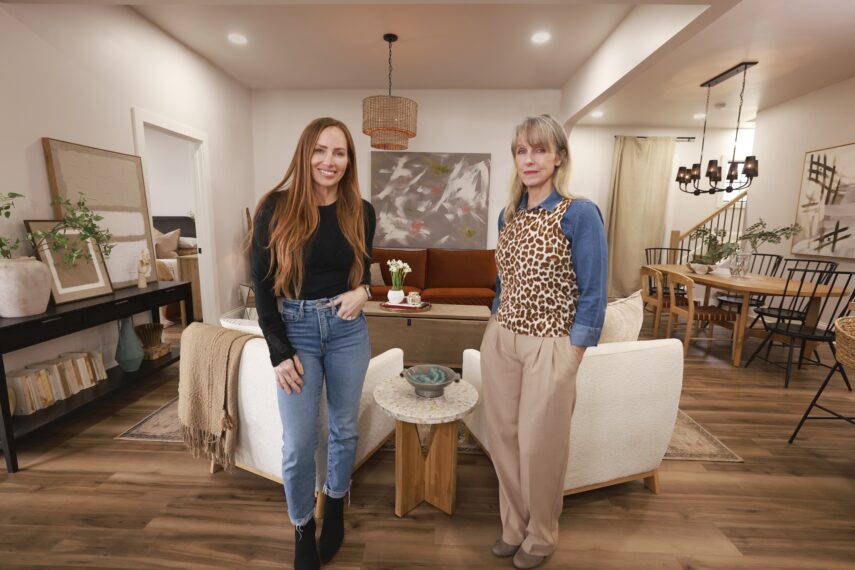The Long Island office market continues to reflect a split personality, as Class A properties remain mostly resilient and Class B and lower buildings contend with weaker demand.
That split is evident in rents, as average asking rents for Class A office space was $33.64 per square foot in the second quarter, up 1% from the previous quarter, according to a new report from CBRE. In western Suffolk County, office rents grew 3 percent year-over-year, climbing to $29.33 per square foot, driven by an increase in Class A average asking rents while Class B remained flat, the report said.
“Class A space is doing much better than Class B back-office space,” Dan Brandel, a CBRE senior vice president, told LIBN. “There’s kind of a flight to quality for office users.”
There was 362,000 square feet of office leasing activity in the second quarter, which was about the same as the previous quarter, but still 7% below the five-year quarterly average. The overall vacancy rate for Long Island office space rose to 15.9% in the second quarter, higher than it was in the first quarter, as well as a year ago.
Brokers attribute the reduced deal pace and increased vacancies to the continued uncertainty of tenants surrounding space requirements amid the new hybrid work environment.
“The deal velocity is slightly up but still not near where it was before the pandemic,” Brandel said. “It’s indecisiveness by tenants in terms of employees coming back to the workplace, what that schedule looks like, and that hesitancy is what drives the shorter-term leases or a relocation that doesn’t require that much upfront capital.”
Net absorption of office space in the second quarter was negative 375,000 square feet, reversing absorption gains from the first quarter and bringing year-to-date absorption to negative 273,000 square feet, according to the report. Much of that was fueled by a rise in available sublease space, which reached a new record high of 1.6 million square feet in Q2, up 10% from the previous quarter.
Brandel said that office landlords that have pre-built space or space that’s in good condition have a little bit of a competitive edge when it comes to landing tenants in this market.
“I think that built space, anything that’s built, has a much better chance of leasing than anything that’s raw,” he said. Brandel added that what he terms “hidden space” in the current market, also offers opportunities for tenants.
“On the office side there’s a lot of hidden space. Tenants that don’t necessarily need their space, but aren’t willing to put it on the market,” he said. “They don’t want their perception of their space being on the market. There are opportunities that aren’t necessarily listed but could be made available.”


























































![Mason Ramsey – Twang [Official Music Video] Mason Ramsey – Twang [Official Music Video]](https://i.ytimg.com/vi/xwe8F_AhLY0/maxresdefault.jpg)
















:quality(85):upscale()/2023/08/10/682/n/2589280/c94b8fe264d500b7a82bf2.14324105_.jpg)




